Guest post by Rachel Perez
Kids and organizing rarely share the same room.
From messy rooms to cluttered toy chests, there’s always something that needs tidying.
For many children, though, organization is simply a problem of motivation.
With the right incentive, kids will keep their spaces clean and organized out of a sense of pride.
Of course, paying allowances isn’t the only method to get kids interested in making the right decisions.
Fun and educational projects are great ways to get them engaged in cleaning up while building valuable life skills.
Here are six unique home projects to get kids excited about organizing.
Disclosure: This is a guest post and may contain some affiliate links for your convenience (which means if you make a purchase after clicking a link I will earn a small commission but it won’t cost you a penny more)! Click here to read my full disclosure policy.

1. Combine Skill Building With Clean-Up Time
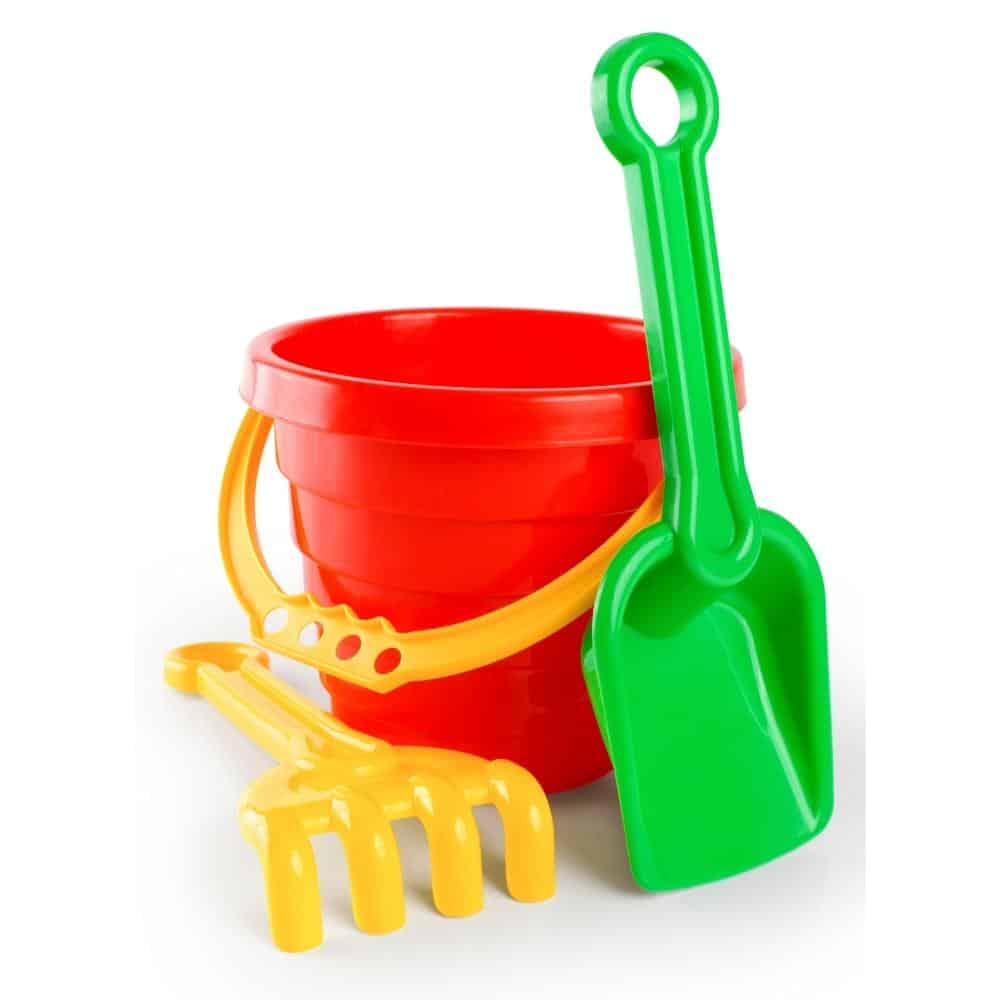
Organizational skills are essential in any endeavor.
Building these skills at a young age helps your children stay clutter-proof as they get older.
Thankfully, with kids, there’s always something to straighten up.
One great way to help them stick with cleaning up is to make it interactive.
If you have bins, shelves, or even chests to store toys, use tongs, grabby dinosaur arms, or anything else fun.
Using tools is an excellent way to encourage participation.
Using small tools helps small kids, in particular.
Organizing items into bins with tongs or shovels builds spatial awareness and coordination, not to mention impressing the importance of organization.
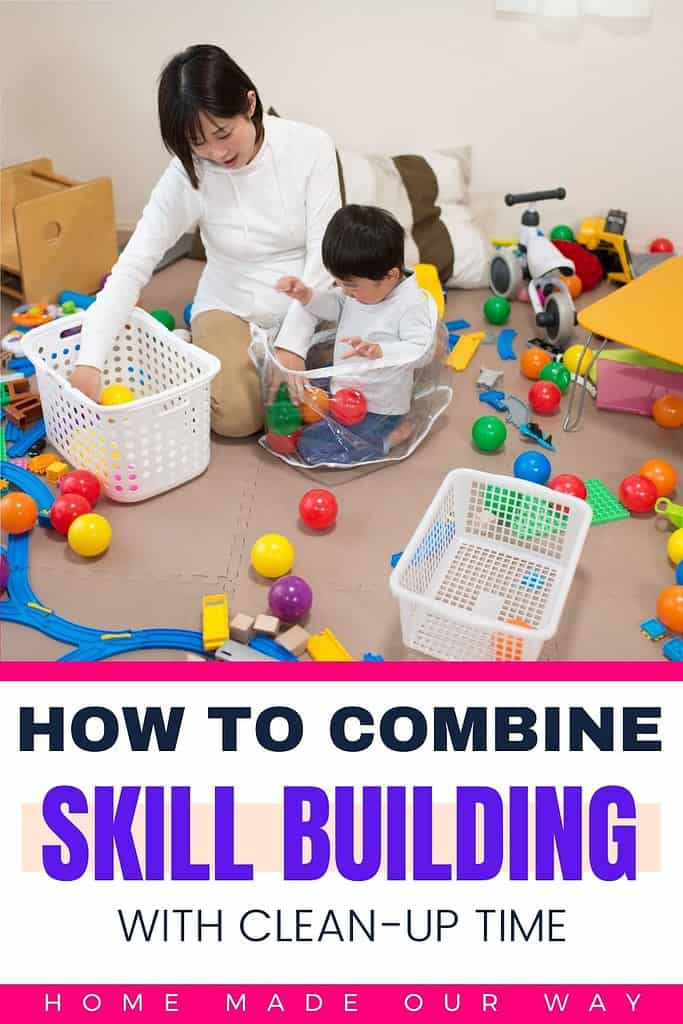
Some other skill-building organizational ideas include:
- Create tactile bins made of the same material. Stuff animals in a stuffed container, and place LEGOs in a LEGO bin.
- Count and sort items by color, including crayons, art supplies, and toy cars.
- Personalize organizational bins and containers with any number of decorations.
For older kids, adjust the projects to match their interests.
For example, create bins themed after their favorite sports teams.
Or, help them build and paint shelves or other types of storage.
Handy skills are just as important.
With the proper supervision, your kids will learn plenty by creating their own storage solutions.
2. Room Ownership Keeps Them Tidy
Teaching kids the benefits of a clean room is a lesson best taught at a young age.
However, highlighting the importance of tidiness to a toddler is easier said than done.
To help establish the room as a place to stay organized, ensure your kids know it’s “their space.”
Specifically, celebrate their room with them.
Ask them what each area of their room is for.
Promote decoration of their space to showcase their art, hobbies, and other homey aspects.
Even if their room isn’t wholly tidy, teaching them ownership is the perfect first step.
As they grow older, gently encourage them to keep that space clean.
For instance:
- Remark how great it looks when it is tidy. Don’t disparage; celebrate!
- Ask them about new decorations or features in their room. Keep up to date with their room aesthetics.
- Consider allowing them to choose an accent color for a wall.
For teens, give them lots of agency with their rooms.
From design to furniture, let them express themselves.
Better yet, help them give their room a personalized room renewal.
One great way to help your teen feel the need to clean their room is to make it personal for them.
Let them design and decorate their room to create their own unique space.
Giving them agency in their room design promotes pride and ownership.
They still might need some prompting here and there, but a kind compliment on their space is often enough to keep things neat and tidy.
3. Help Kids Declutter With Their Own Sales
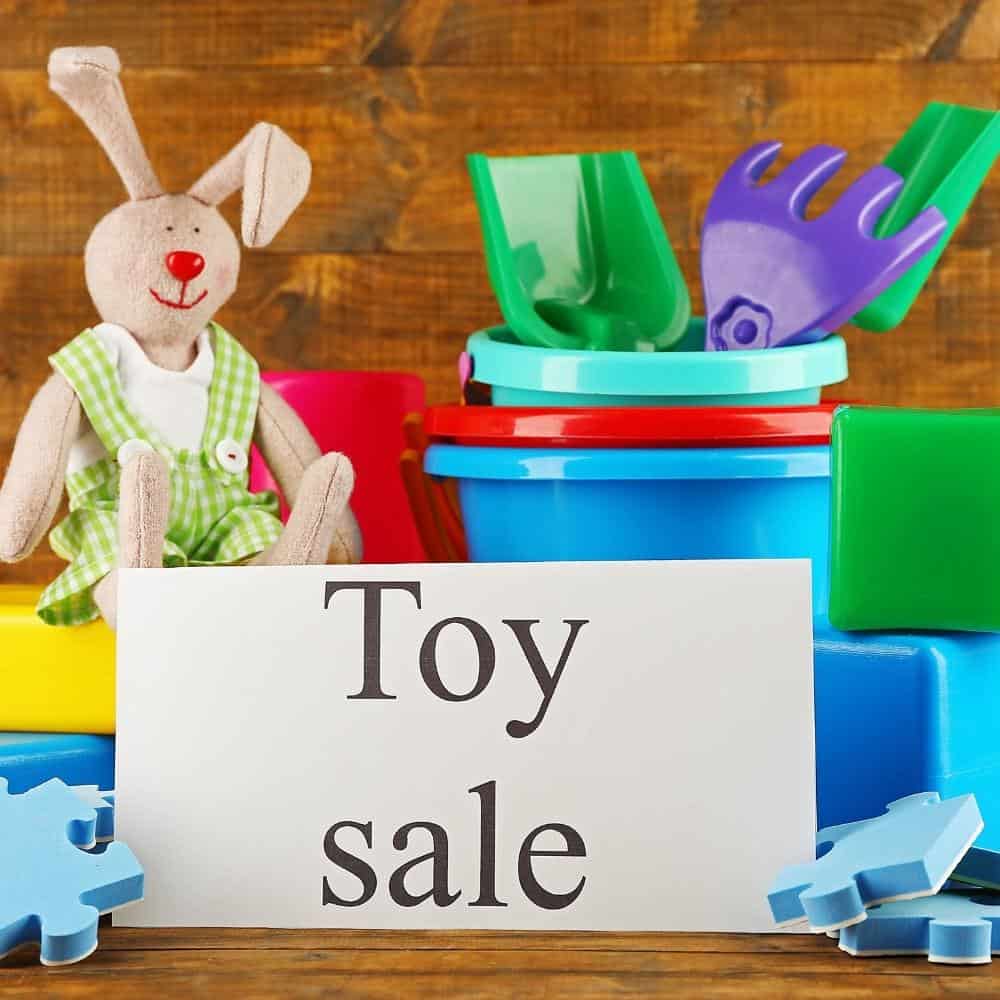
Another way to get your kids to declutter their rooms is with the idea of a profit.
No, not bribery, but good, old-fashioned sales.
These days, there are many ways to sell unneeded and unwanted items.
And with your assistance, your kids will see the rewards of cleaning up and staying tidy.
A classic method is a garage sale.
Though perhaps less widespread than in years past, plenty of people still visit garage sales to find hidden treasures.
Give your kids their own table, and let them be in charge of their sales.
Of course, younger children will require supervision and assistance.
Still, there are ample opportunities to teach them about money, math, and organization during each sale.
If garage sales lack popularity in your area, then consider online markets.
For your child’s safety, complete all transactions under your name, but all of the sales go right back to them.
There are countless places to sell items online, including:
- Facebook Marketplace
- OfferUp
- eBay
- Online garage sale apps
- Online consignment shops
Different methods are better depending on the items that your child has to sell.
Working together, though, you and your child can figure out not just how to make a sale, but how to downsize and organize that overflowing closet of old clothes and toys.
However, if profit isn’t your style, teach your kids the importance of donations.
Have them gather old clothes, toys, and items they don’t use anymore.
Go through each one, and make sure there isn’t any lasting attachment to the objects.
Once the donations are ready, make a family trip to the charity or donation site of your choice.
Altruism is a perfect motivator for many children, and helping them give back to other kids is a rewarding experience for everyone involved.
4. Turn Old Containers Into Fun Storage Spaces
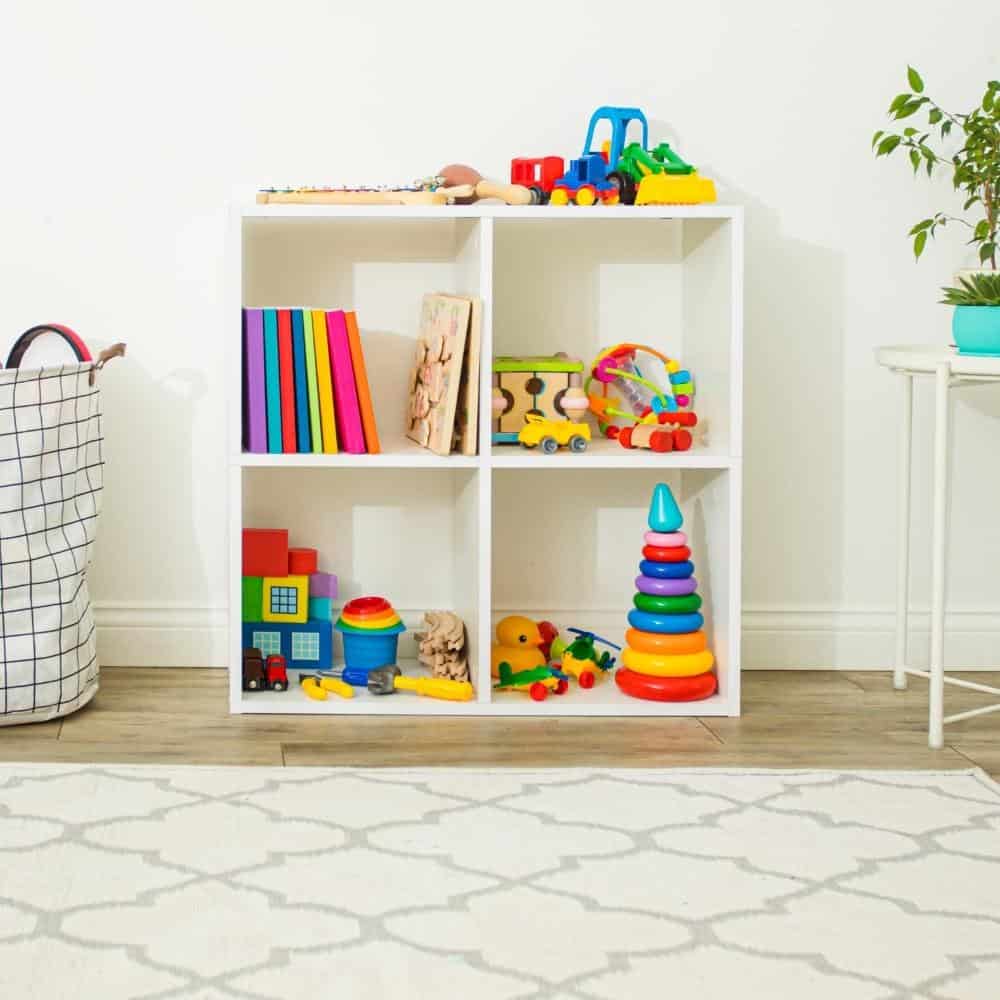
Many times, organizing simply isn’t any fun.
It doesn’t offer anything to entice a child.
With a bit of hands-on DIY, though, that will change.
First, look around the home for old containers, boxes, or other storage items.
Search for storage totes, unused dressers, or old kitchen storage bins.
Plastic pasta jars make great bins for art supplies!
Once you and your kids gather the containers, it’s time to start decorating.
Let your kids’ imaginations run wild during this stage, but be sure to offer some guidance.
The goal is for them to create containers that encourage order.
For instance:
- Consider explaining the benefit of color coding in terms of organization. Assign colors to each bin, and use paint to indicate the item. Include a laminated chart to avoid any confusion.
- Turn an old tote into stuffed animal storage by converting it into a stuffy village. Include “homes” for each stuffed animal to live.
- Speak to their hearts and start with a container for their favorite items. From video games to building blocks, they will stay more engaged in organization when it means something to them.
Feel free to get as creative as you’d like.
And don’t forget about unorthodox containers!
Paper towel rolls make great display tubes for toy cars.
Shower caddies do a great job as wall-hanging toy storage.
No matter the project, make sure it’s fun and customized to your kids.
5. Give Them a Collection
Showcasing the importance of tidiness and order is great in getting them associated with organization, but handing them something to actually organize gets them involved.
Help your kids get interested in starting a collection of some kind.
As long as it interests them, it will work to teach them organization.
Ensure that it’s age-appropriate and sustainable for the long term.
We would all like to collect gemstones, but for now, crystals will work just fine.
Common collectible items include:
- Trading cards, often related to sports, comics, and video games.
- Fossils and other geological items for the little dinosaur lover in your home. Bonus tip: bury “fossils” in a digging garden to expand their collection.
- Stickers are easy to find and available in just about any picture imaginable. Also, the organization ideas are endless, from color to subject to even size.
With any collection, organization is the first skill to learn.
Your child must understand the importance of labeling, order, and uniformity to properly showcase their collections.
As the collections grow, further organization will help with storage and longevity.
6. Incentivize With Playful Competitions
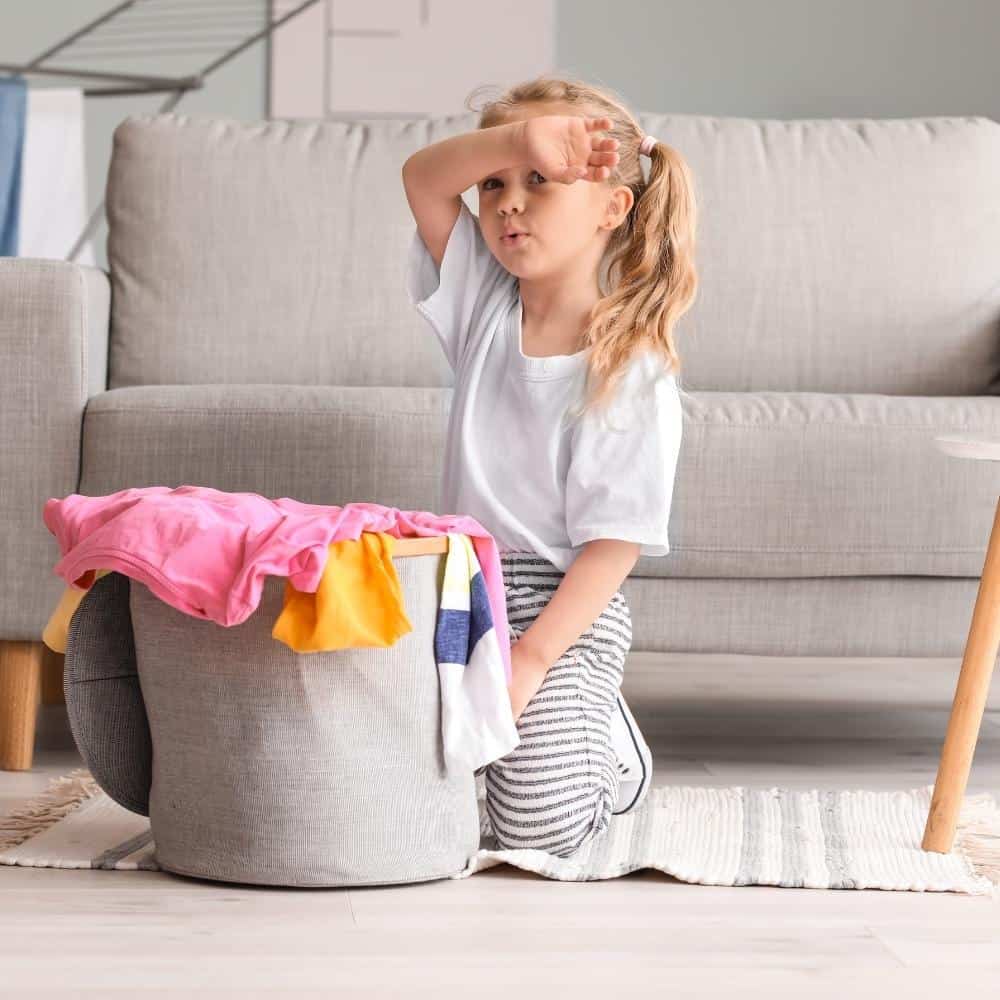
At the end of the day, sometimes kids just need good prompting to get things organized.
DIY crafts and room makeovers are great projects to instill the importance of organization.
Still, even we adults feel “organizing fatigue” every now and then.
Fight the chore blues by making cleaning up a friendly competition.
There are endless ways to gamify organization throughout the house.
For example:
- Break the house into teams, each with separate organization goals. The first to finish all of their goals wins!
- Give out daily or weekly points for every organized space. Customize this to fit your family, including what they redeem their points for. Always give them a prize!
- Simply time your kids as they complete tasks. Document their times, and reward them for improving their speed and accuracy.
And parents, be sure to join the competitions with your kids.
Not only does this show them how you value tidiness, but it also brings the entire family together to make the best of the usually boring clean-up times.
Final Thoughts
Some kids have a tough time with organization.
Others just need some encouragement to get the job done.
Regardless, making the process fun and engaging helps everyone stay consistent and tidy.
Base your projects around your kids’ interests.
Communicate with them as they learn the importance of organization, and always keep it fun.
They will likely miss some items here and there, and you’re probably going to walk into a dirty room more than a few times.
Stay positive and pour on the encouragement.
A helpful voice goes a long way.
Soon enough, they’ll improve and keep their spaces fresh consistently.
Bio: Rachel is an Outreach Associate with North Star Inbound. An honor graduate of New York University, she contributes home improvement, landscaping, and renovation pieces. When not writing, she enjoys gardening with her mom and spending time in the Florida sunshine.

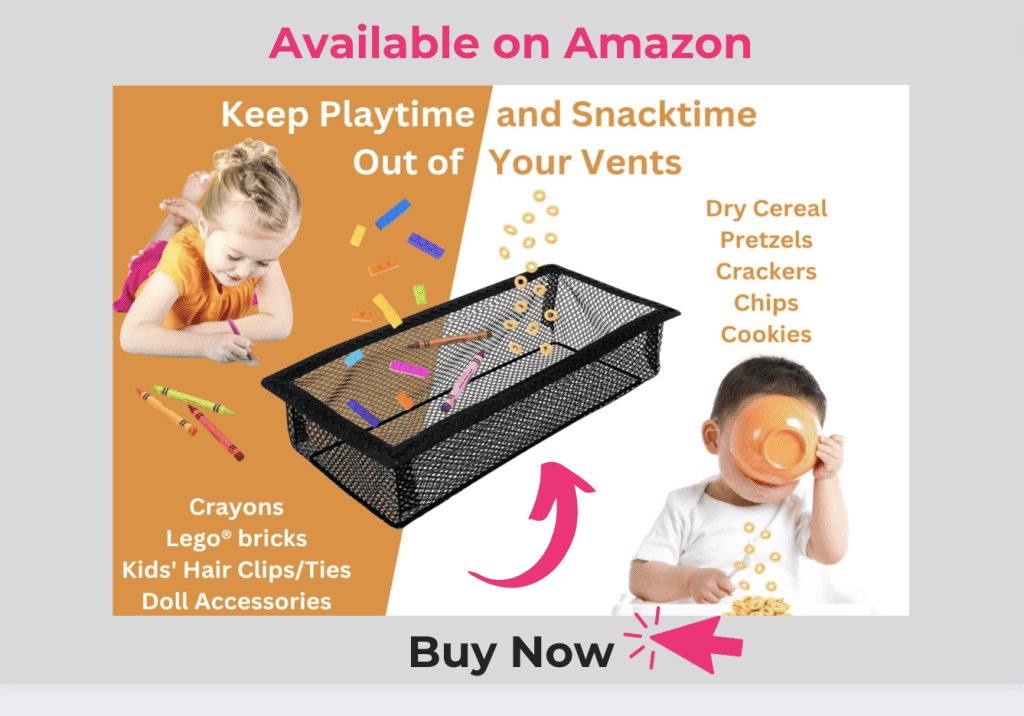
Leave a Reply